A newly discovered exoplanet has almost the same temperatures as Earth
A Venus-sized exoplanet located just 40 light years away may be the smoking gun that astronomers have been looking for in their search for an …
A Venus-sized exoplanet located just 40 light years away may be the smoking gun that astronomers have been looking for in their search for an …
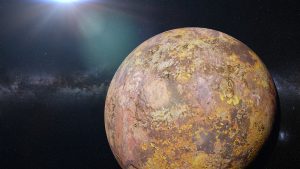
8 Ursae Minoris b is an intriguing exoplanet, and it shouldn’t even exist, astronomers say. Not only is the planet situated at just half the …
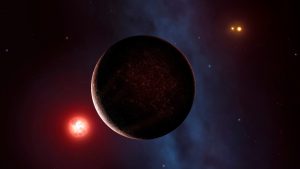
In January, NASA revealed that astronomers had discovered yet another potentially habitable planet orbiting the star TOI-700. That discovery brought the light the possibility that …

In 1966 a television show called Star Trek made its debut, introducing fans of the show to a character named Spock, who hailed from a …
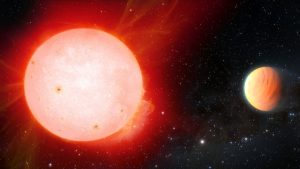
Scientists have discovered a Jupiter-like “forbidden planet” around 285 light-years from our solar system. The newly discovered gas giant was revealed by astronomers utilizing NASA’s …
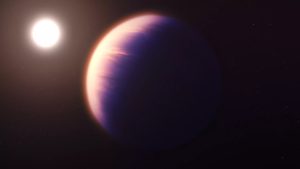
Astronomers have discovered a rarity among the stars. According to a new study published in Astronomy and Astrophysics, an exoplanet known only as Wolf 1069 …

Scientists have discovered a spiraling exoplanet slowly veering toward its death. The exoplanet in question is Kepler-1658b, so called because the Kepler mission originally discovered …

Two planets that astronomers discovered on the Kepler mission may not be the rocky, Earth-like bodies that we originally believed. Instead, a new study suggests …

A group of researchers have spotted one of the most massive super-Earths we’ve discovered so far. The massive exoplanet orbits a star located just 200 …

Scientists have made an amazing discovery. According to a new study published in The Astrophysical Letters, astronomers found an Earth-like planet with no atmosphere. The …

Astronomers have discovered a strange “marshmallow” world 580 light-years away from Earth. The planet, which orbits a red dwarf star, is believed to be the …

Astronomers continue to find super-Earths throughout the universe. A group working on NASA’s Transiting Exoplanet Survey Satellite recently discovered a few exciting planets orbiting within …

The hunt for alien worlds is more difficult than it may seem. Without the ability to travel through the cosmos, we’re left to look through …
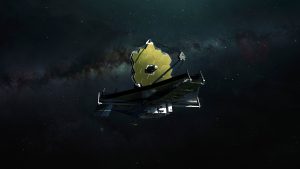
In yet another historic moment, the James Webb Space Telescope has captured the first-ever direct image of an exoplanet. The planet in question, known as …

Scientists have discovered a beautiful ocean world that looks like it was ripped out of the Star Wars prequels. The exoplanet TOI-1452 b was discovered …
The International Astronomical Union (IAU) has announced a new competition called NameExoWorlds 2022. The competition is aimed at helping astronomers come up with names for …

Astronomers may have discovered the youngest exoplanet ever detected. They detected the world in question around the adolescent star AS 209 using the Atacama Large …
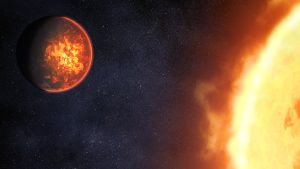
Scientists have discovered a Super-Earth orbiting a red dwarf star. The discovery is the first made by the IRD Subaru Strategic Program (IRD-SSP). Additionally, it …

NASA has a bold new plan to help detect signs of life on distant planets. The plan relies heavily on a new telescope system. However, …

NASA unveiled the first full-color images for its James Webb space telescope this week, and the results were absolutely astounding. While it’s easy to get …
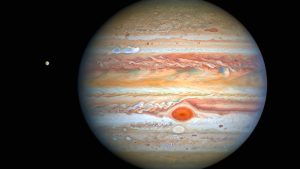
Scientists have discovered a massive exoplanet forming that is estimated to be nine times bigger than Jupiter. The planet is still in the proverbial “womb” …
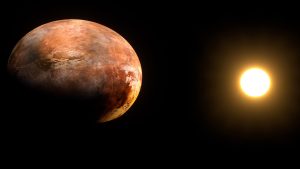
Almost 850 light-years away from Earth, a planet named WASP-121b makes the trip around its star. The star is a hot Jupiter, which means it …

New data found by researching one of the most extreme exoplanets we know of could help us understand the complex atmospheric layers of others, including …

It wasn’t all that long ago that humans didn’t even know for sure if planets existed outside of our solar system. We can see stars, …
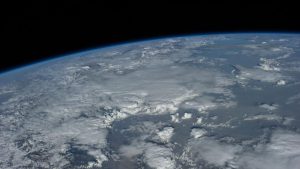
A new study suggests that habitable exoplanets may be plentiful in our home galaxy, The Milky Way. Researchers crunched data on thousands of exoplanets that …
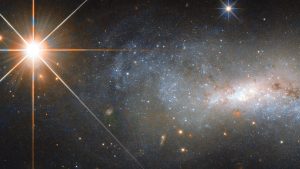
Researchers theorize that, under the right conditions, carbon-rich exoplanets could generate huge quantities of diamonds beneath their surface. The recipe including heat, pressure, carbon, water, …

NASA’s TESS, the Transiting Exoplanet Survey Satellite, has completed its primary mission and will now move on to an extended mission where it will continue …